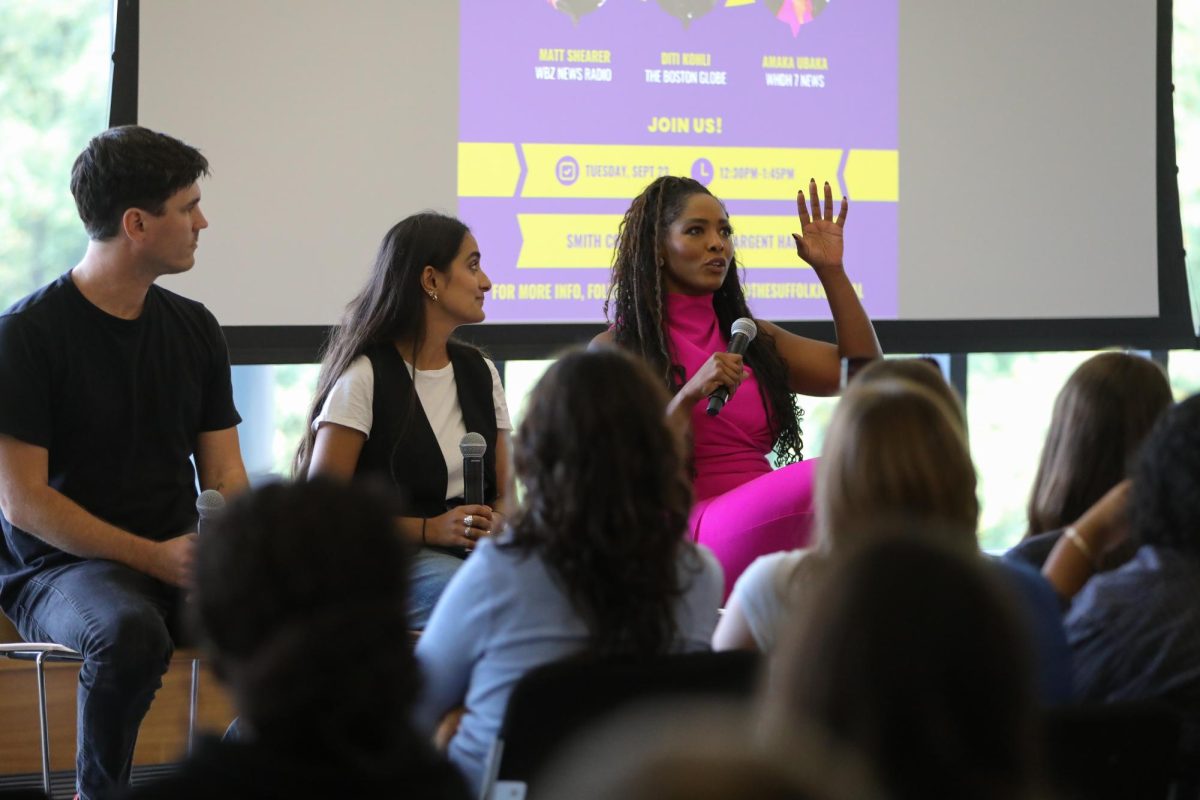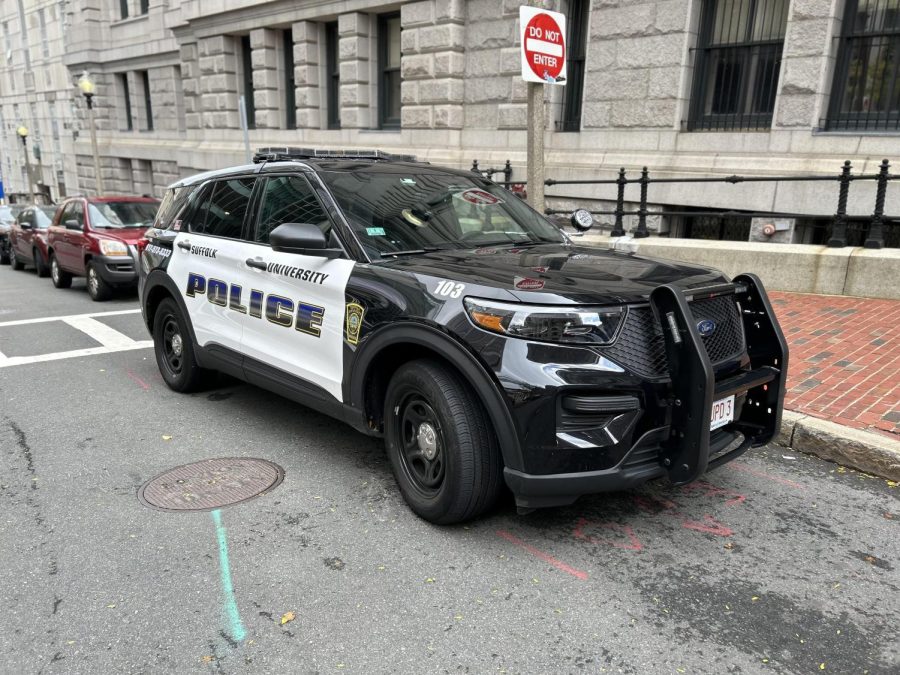The Chairman of the Board of Trustees has said multiple times that he hopes the Suffolk community will be involved in the search for the president to succeed Norman Smith.
It’s encouraging to hear that the Board believes the opinions of students and faculty are important to this search. But the problem is that it is extremely hard to send your input on who the next leader of the university should be.
There is an electronic form on the Board of Trustees section of suffolk.edu that allows students and faculty to give input on the presidential search, but the form is truly hard to find. Currently, you need to click on four different pages to find the link to the electronic form. If the Board really does care about the input of the community, they would make the link easier to access.
It is difficult to believe that students will spend time searching through the website to find the form. The link should be directly emailed to the university community through the umail system. Students who pay thousands of dollars in tuition to receive an education here deserve a fair chance to give their perspective and opinions on who would make a competent leader.
If not emailed directly to students, the link should be easy to find on the Suffolk website.
Choosing a new president is a decision that will transform the university immensely during a period that has already been marked by change. Having the input of many people of varying viewpoints is necessary to choose a leader that will meet the needs of a diverse university.
One of those specific needs are those at the New England School of Art and Design. In last week’s editorial, we wrote that though NESAD is a section of the College of Arts and Sciences, they deserve their own representative on the presidential search committee.
The next person at the helm of Suffolk University will have the chance to hear the students and faculty out. They may be the person to bring NESAD closer to campus, to find a better gymnasium or create a community space for our commuter population. Without easy access to the electronic form, students and faculty will not have the chance to tell the Board what they need.
If the Board understood the importance of this, they would stay true to their word and actively ask for the community’s opinion.







